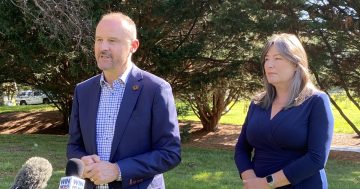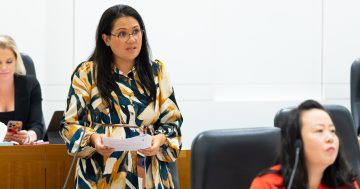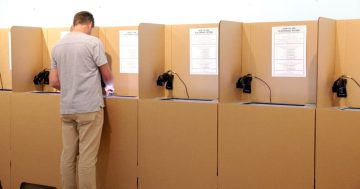
The 2016 ACT Assembly election obviously will be a watershed, not least because the legislature finally has increased to a properly representative 25 members.
I say ‘not least’ because there are a number of sleeping issues (headaches?) that candidates and successful MLAs will face.
Whomever forms government next October will need 13 of the 25 elected representatives, either by a simple majority – achieved only once in the Assembly’s history – or by a coalition.
Assuming the new government opts for six ministers and a speaker – it cannot afford more because the Assembly’s committees have to be covered – there is sufficient experience on either side to (just) make a ministry. That is not to say all sitting and continuing members would automatically join their front bench.
So what happens to the balance of government backbenchers and the opposition members? Do they assume the electoral duties of their ministers and shadow ministers?
I doubt it. Not if the senior representatives have any sense of survival because the breakup into five electorates of five members each has changed the dynamics of service to the constituency.
Previously it was possible and indeed still is in Molonglo to have all government members in the ministry and while I am not suggesting anybody, government or opposition, neglects their responsibilities to the electorate the sheer size and the suburbs where members live puts a strain upon servicing.
The smaller electorates will make such duty in central Canberra much easier and hopefully we won’t find all MLAs living in the same area.
However the break-up into the smaller electorates of Kurrajong and of Murrumbidgee and, to a lesser extent suburb adjustments to Brindabella, Ginninderra and Yerrabi, will see significant loss of personal votes, maybe up to 50 percent in the central electorates, and it will be interesting to track – if possible – any Party loss of support as a result and frustrating to those sitting members who have put in the hard work in what is now another electorate.
Parties will need to be careful in campaigning where they allocate their candidates. In the smaller electorates the risk of clashing with the opposition or even your own candidates at shopping centres or worse, doorknocking increases, so coordination is essential.
With up to 11 seats available to candidates in four of the electorates without challenging sitting members, the 2016 Assembly election will be much more than a political Party contest.





















